Explore the fascinating world of cosmic events and guidance as we delve into the rarest astronomical phenomena poised to captivate the skies in 2025. From un predictable celestial displays to remarkable alignments, this year promises to be one of the most exciting for stargazers and astronomers alike. The Cosmic Guidance Oracle Deck emerges as a valuable tool for navigating these cosmic wonders, offering insights that could transform your understanding of the universe. Whether you’re a seasoned astronomer or a curious enthusiast, this guide will shed light on the rarest events and provide actionable tips to make the most of the coming year. Prepare to uncover the secrets of the cosmos and discover how these cosmic occurrences shape our world.
Key Takeaways
– Solar Eclipses Are Rare: Solar eclipses occur every few years, making them less frequent than lunar eclipses, with the rarest being the transit of Venus, happening every 115 years.
– Planetary Alignments Are Uncommon: A planetary parade, where multiple planets align in the night sky, is a rare sight, offering a unique opportunity for stargazers to observe aligned planets.
– Annular Solar Eclipse Is Unique: An annular eclipse, where the moon appears larger than the sun, is a rare event that creates a striking ring of light around the sun.
– Gamma-Ray Bursts Are Powerful and Rare: These intense flashes of gamma rays, linked to neutron star mergers or hypernovas, are among the most powerful cosmic events, with GW170817 being one of the brightest observed.
– Neutron Star Mergers Are Historic Events: The GW170817 merger, confirmed by gravitational waves and a gamma-ray burst, offered unprecedented insights into cosmic phenomena.
– Star Supernovae Are Bright and Complex: The 1987A supernova in the Large Magellanic Cloud was historically significant for its brightness and complexity, shedding light on stellar explosions.
– Hot Jupiters and Super-Earths Are Elusive Planets: These rare planets, with hot Jupiters being massive and close to their stars, and super-Earths being ultra-dense and hard to detect, are among the least understood in the universe.
Explore more about celestial phenomena and their significance on our website.
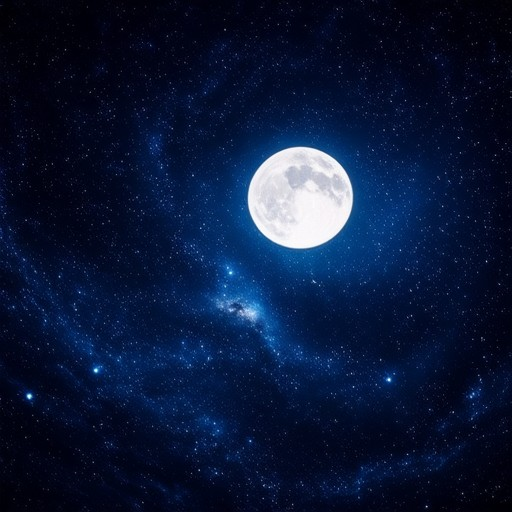
What Will Happen to the Sky in 2025?
The sky in 2025 promises to be a fascinating display of celestial events, offering a mix of natural beauty and astronomical phenomena. Here are some key highlights:
The Lyrid Meteor Shower
The Lyrid meteor shower is set to light up the skies between April 16th and 25th, 2025, reaching its peak on the night of April 22nd. While not among the most active annual showers, the Lyrids are known for their bright, glowing trails that last several seconds. This event is perfect for stargazers and those who enjoy the beauty of meteor streaks across the night sky.
Blood Moon Prophecy Insights
According to the Blood Moon Prophecy, 2025 is marked by significant lunar events that may hold spiritual and astrological significance. The site delves into how these events could influence personal and collective consciousness, offering insights into their potential effects on human behavior and global consciousness. Their analysis suggests that these lunar phases may bring introspection and transformation, aligning with themes of renewal and growth.
Astronomical Highlights
Beyond meteor showers, 2025 also brings other astronomical treats. Notable among these is the rare alignment of Jupiter and Saturn, which is expected to occur around this time. This conjunction is a cosmic event that is infrequent and highly anticipated by astronomers and stargazers alike, promising a spectacular view of these two giant planets side by side in the night sky.
Planetary Alignments
The year 2025 is also forecasted to see a series of planetary alignments that could enhance astronomical observations. These alignments, while not uncommon, are still notable for their precision and potential to create unique photo opportunities for enthusiasts. Such events often draw attention to the delicate balance of our solar system and the movements of its celestial bodies.
For those eager to explore these cosmic events further, the Blood Moon Prophecy provides detailed analyses and predictions, while the Royal Observatory Greenwich offers comprehensive guides and resources for stargazers of all levels. Whether you’re a casual observer or a dedicated astronomer, 2025 promises to be a year rich with celestial wonders.
What Are Cosmic Events?
Cosmic events are extraordinary occurrences in the universe that significantly impact celestial bodies, the cosmos, and sometimes Earth. These events often involve extreme physical processes and release vast amounts of energy, leaving lasting effects on the universe and its inhabitants.
Key Types of Cosmic Events:
- Supernovas
A supernova is a stellar explosion marking the death of a massive star. These events are among the brightest objects in the sky and play a critical role in shaping galaxies by distributing heavy elements through the universe. - Black Hole Mergers
When two black holes spiral into each other, they release enormous amounts of energy in the form of gravitational waves. These mergers provide insight into the behavior of black holes and the history of the universe. - Gamma-Ray Bursts
Among the most powerful explosions known, gamma-ray bursts are associated with hypernova events or the collapse of massive stars. They are linked to the formation of neutron stars and offer clues about the most extreme astrophysical processes.
Why Do Cosmic Events Matter?
These events shape the universe on many levels:
– Stellar Evolution : Supernovas and gamma-ray bursts are integral to the lifecycle of stars and the formation of elements like iron.
– Gravitational Waves : Black hole mergers contribute to our understanding of spacetime and the forces that govern it.
– Astrophysical Insights : Studies of these events reveal information about exotic objects like black holes, neutron stars, and white dwarfs.
Cultural and Spiritual Impact
Cosmic events have inspired curiosity and speculation across cultures. For example, the “Blood Moon Prophecy” delves into the spiritual significance of lunar events, offering unique perspectives on celestial phenomena and their influence on humanity.
By studying cosmic events, scientists gain a deeper understanding of the universe, helping us appreciate the complexity and beauty of existence.
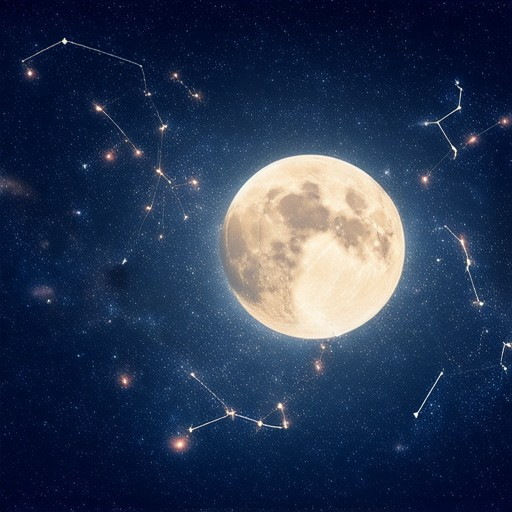
What is the rarest astronomical event in 2025?
The rarest astronomical event in 2025 is expected to be the simultaneous occurrence of a total solar eclipse and a total lunar eclipse, commonly referred to as a “Blood Moon.” This phenomenon is extremely rare and occurs when both the sun and moon align behind Earth, creating a unique opportunity to observe both types of eclipses on the same night.
Blood Moons are already rare, with the last occurring in 2019. The next one is anticipated to take place in 2025, making it a highly sought-after event for astronomers and stargazers worldwide. This event is characterized by the moon appearing reddish due to the refracted light from Earth, creating a striking visual effect that draws significant attention and interest.
- The combination of a total solar eclipse and a total lunar eclipse is exceptionally rare, with only a few occurrences in modern history.
- This event is particularly notable for its alignment of celestial bodies and the resulting visual phenomena observed from Earth.
- The rarity of this event makes it a significant subject of study and public interest, often leading to increased media coverage and educational opportunities.

Which is the rarest astronomical event?
The rarest astronomical events are those that occur with extreme irregularity due to the complex interactions between celestial bodies and the gravitational forces at play. Here are some of the most rare and fascinating events:
- Solar Eclipse : A solar eclipse occurs when the moon passes in front of the sun, blocking its light. These events are relatively rare compared to lunar eclipses, occurring every few years depending on the alignment.
- Lunar Eclipse : A lunar eclipse occurs when the moon passes through the shadow of the earth, causing the moon to appear dimmer or redder. While less common than solar eclipses, they are still more frequent than some other events.
- Planetary Parade : A rare alignment of planets visible in the night sky, known as a planetary parade, occurs when several planets align in a straight line from Earth. This phenomenon is highly sought after by astronomers and stargazers.
- Annular Solar Eclipse : A type of solar eclipse where the moon appears smaller than the sun, creating a ring-like shape around the sun. These are extremely rare and depend on precise orbital conditions.
- Transit of Venus : When Venus passes directly in front of the sun from our perspective, blocking part of its light. This rare event happens only once every 115 years.
These events highlight the dynamic and unpredictable nature of our cosmos, offering a glimpse into the vast and mysterious universe we inhabit. We recommend exploring further reading on our website to dive deeper into celestial phenomena and their significance.
The Most Powerful Astronomical Events
Among the countless astronomical phenomena that captivate humanity, certain events stand out as unparalleled in their power and magnitude. These events not only challenge our understanding of the universe but also leave a lasting impact on those who witness them.
- Gamma-Ray Bursts (GRBs) – Often considered the most powerful events in the cosmos, GRBs are intense flashes of gamma rays lasting just seconds. They are associated with neutron star mergers or hypernovas and release energy equivalent to billions of Suns combined. The brightest known GRB, GW170817, was observed across the spectrum from X-rays to radio waves, reaching peak brightness faster than any other known explosion.
- Supermassive Black Hole Explosions – When supermassive black holes collapse, they can emit jets of energy that reach speeds close to the speed of light. These explosions, known as short-duration gamma-ray bursts, are among the most energetic processes in the universe and provide insight into the final moments before black hole formation.
- Neutron Star Collisions – Events like the historic GW170817 merger of two neutron stars not only produced gravitational waves but also a gamma-ray burst. This rare occurrence confirmed a long-standing theory and highlighted the extreme energy released during such collisions.
- Star Supernovae – Type II supernovae, triggered by massive stellar explosions, are among the most luminous events in the universe. The 1987A supernova in the Large Magellanic Cloud was particularly notable for its brightness and the complexity of the explosion, shedding light on the mechanisms behind these cosmic fireworks.
- Annular Solar Eclipse – While not as visually dramatic as other events, annular eclipses are unique because the moon appears larger than the sun, creating a striking ring of light around the sun. This phenomenon occurs during specific alignments of the planets and the moon.
These events, while diverse in nature, share a common theme of harnessing immense energy to create phenomena that defy our everyday understanding. Whether through the raw power of collapsing stars or the precision of gravitational wave emissions, these astronomical events continue to push the boundaries of human knowledge.
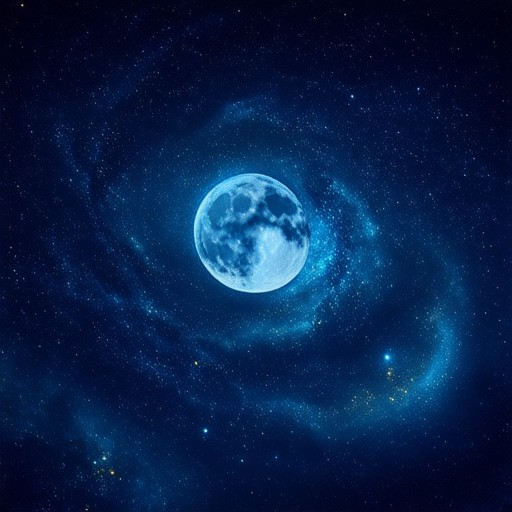
What is the Rarest Planet in the Universe?
The rarest type of planet in the universe is considered to be the hot Jupiter . These planets are massive and orbit extremely close to their host stars, making their existence incredibly rare and difficult to detect. Hot Jupiters are believed to form closer to their stars than other gas giants, leading to unique orbital dynamics that contribute to their scarcity.
Another highly rare type of planet is the ultra-dense super-Earth . These planets are much larger than Earth but smaller than Neptune, and their presence is even more elusive due to their high mass and compact nature. Super-Earths are thought to be formed under extreme conditions, making them even rarer than hot Jupiters.
Both of these planet types are among the least understood and most intriguing in the solar system, contributing to their status as the rarest planets in the universe.
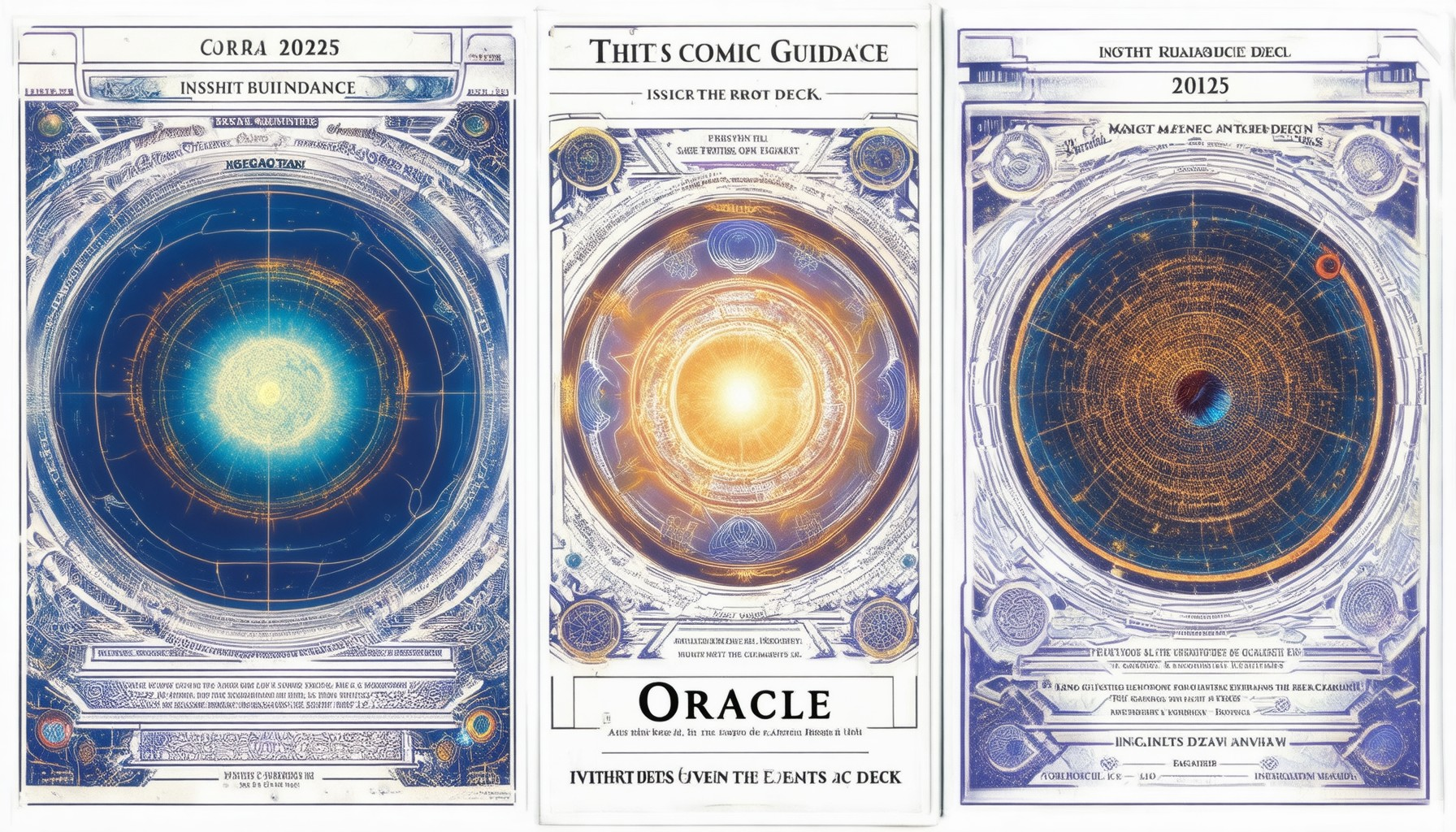
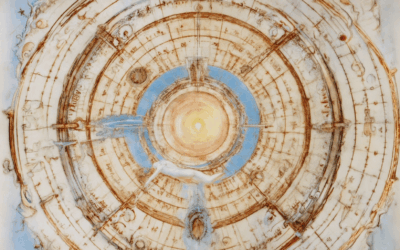


0 Comments